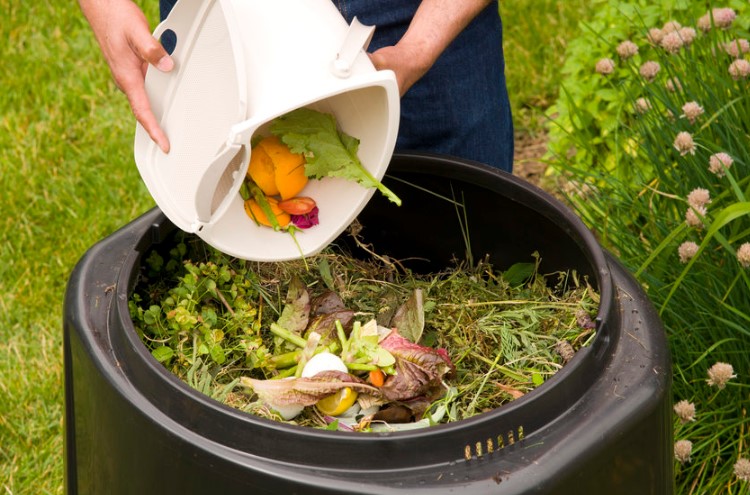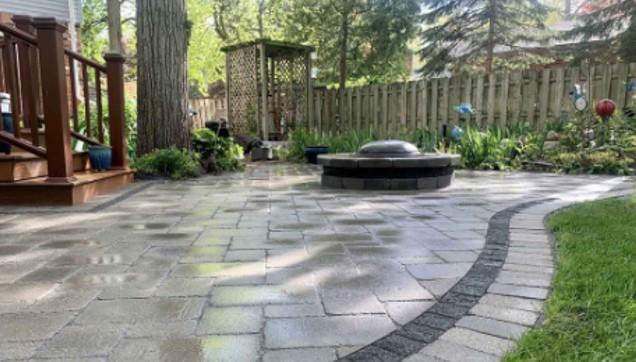Tree Trimming Tips: What Parts of a Tree Should You Avoid Cutting?

Tree trimming is essential for maintaining the health and appearance of your yard. It promotes healthy growth, prevents potential hazards, and keeps your landscape looking beautiful. However, trimming a tree the wrong way can cause significant damage, leading to disease, poor growth, or even the death of the tree. Understanding which parts of a tree should not be cut during routine tree trimming can make a big difference in the health and longevity of your trees.
In this blog, we’ll explore the key areas to avoid when trimming your trees and offer some tips to keep them thriving year-round.
Avoid Cutting the Tree’s Leader Branch
The leader branch is the central, vertical stem that extends straight up from the tree. It’s often the tallest branch and serves as the tree’s “main” branch, guiding its growth and structure. Cutting the leader during tree trimming can cause significant problems for the tree’s health and development.
When the leader is removed, it can stunt the tree’s vertical growth, often leading to multiple weaker leader branches forming in its place. This affects the tree’s shape and makes it more vulnerable to wind damage, as the new leaders won’t have the same structural strength.
Tree Trimming Tip: Always leave the leader branch intact to maintain the tree’s strength, stability, and proper form. Removing the leader should only be considered when absolutely necessary, such as when the branch is diseased or damaged.
Stay Away from Healthy, Large Branches
Large, healthy branches are vital to the overall well-being of a tree. They provide structural support and help the tree absorb sunlight to perform photosynthesis, which is essential for growth. Trimming large branches can leave the tree with open wounds that take a long time to heal, making it vulnerable to disease and pests.
The tree’s stability can be compromised when large branches are removed unnecessarily. This weakens its overall structure, increasing the chances of breakage during storms or heavy winds. Additionally, removing too many large branches can reduce the tree’s ability to produce energy, weakening its growth over time.
Tree Trimming Tip: Only trim large branches when absolutely necessary, such as when they pose a safety hazard or are damaged. Healthy branches should generally be left untouched to ensure the tree remains strong and resilient.
Don’t Cut the Tree’s Root Collar
The root collar is the area where the trunk of the tree meets the roots, typically located at or just below ground level. It’s a key part of the tree’s structure, playing an essential role in the transport of water and nutrients between the roots and the trunk.
Cutting or damaging the root collar can severely affect the tree’s ability to nourish itself, leading to root rot, disease, or even death. When landscaping around trees, people sometimes accidentally damage this area, which can negatively affect the tree’s health.
Tree Trimming Tip: Be very cautious around the root collar when trimming or working near the base of the tree. Avoid cutting into or damaging this part of the tree, as it is critical for its long-term survival.
Avoid Excessive Pruning in One Season
While regular pruning is important, avoiding over-pruning in a single season is essential. Removing too much of a tree’s foliage at once can shock the tree, reducing its ability to perform photosynthesis and leading to stress.
Over-pruning can weaken the tree, leaving it vulnerable to disease, dieback, or even death in extreme cases. A good rule of thumb is to avoid removing more than 25% of the tree’s canopy in one year. By taking a gradual approach, you allow the tree to recover and continue growing healthily.
Tree Trimming Tip: Space out your pruning over several seasons rather than doing it all at once. This approach ensures the tree remains healthy and can recover from the cuts without overburdening.
Be Careful with New Growth and Buds
New growth and buds are essential for a tree’s continued development. These areas represent the tree’s future growth, and cutting them off too early can delay the tree’s overall progress.
It’s easy to accidentally remove new buds or young branches when trimming without realizing their importance. However, taking away too much of this new growth can affect the tree’s health and slow down its development for the next few seasons.
Tree Trimming Tip: Pay special attention to areas of new growth when trimming. Carefully trim around new buds and young branches to ensure the tree continues to flourish in the coming seasons.
Conclusion
Proper tree trimming is about knowing which parts of the tree to cut and which to leave untouched. By avoiding cuts to the leader branch, healthy large branches, the root collar, excessive foliage in one season, and new growth, you’ll help your trees stay strong, healthy, and beautiful for years to come. Tree trimming is a valuable tool for maintaining your landscape, but it’s crucial to approach it with care and knowledge to avoid harming the trees you want to protect.
If you’re unsure about how to trim your trees or need professional assistance, Rhode Island Tree Removal is here to help. Our expert tree trimming services are designed to keep your trees healthy, safe, and beautiful. Contact us today for a consultation, and let us help you maintain a vibrant, well-trimmed landscape!








